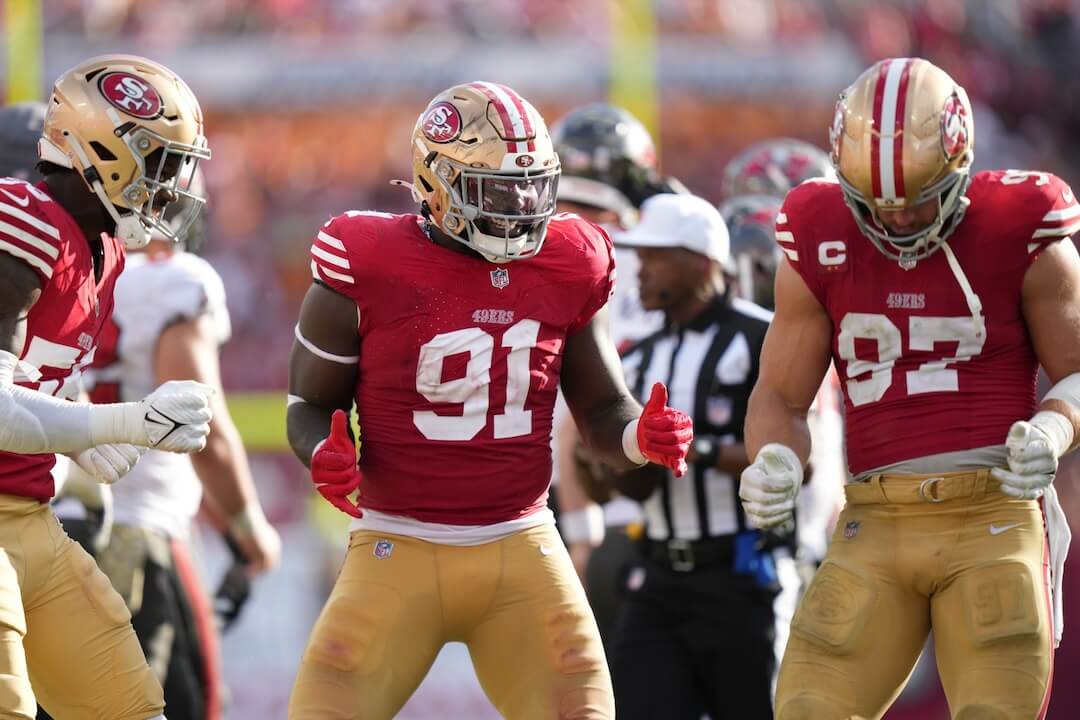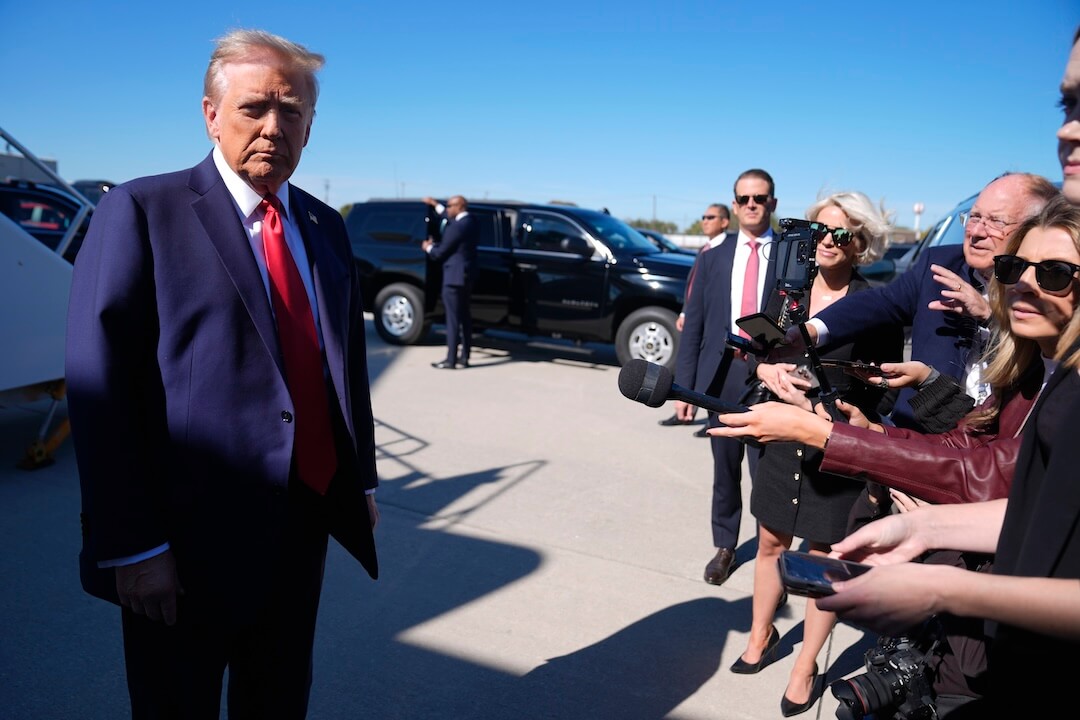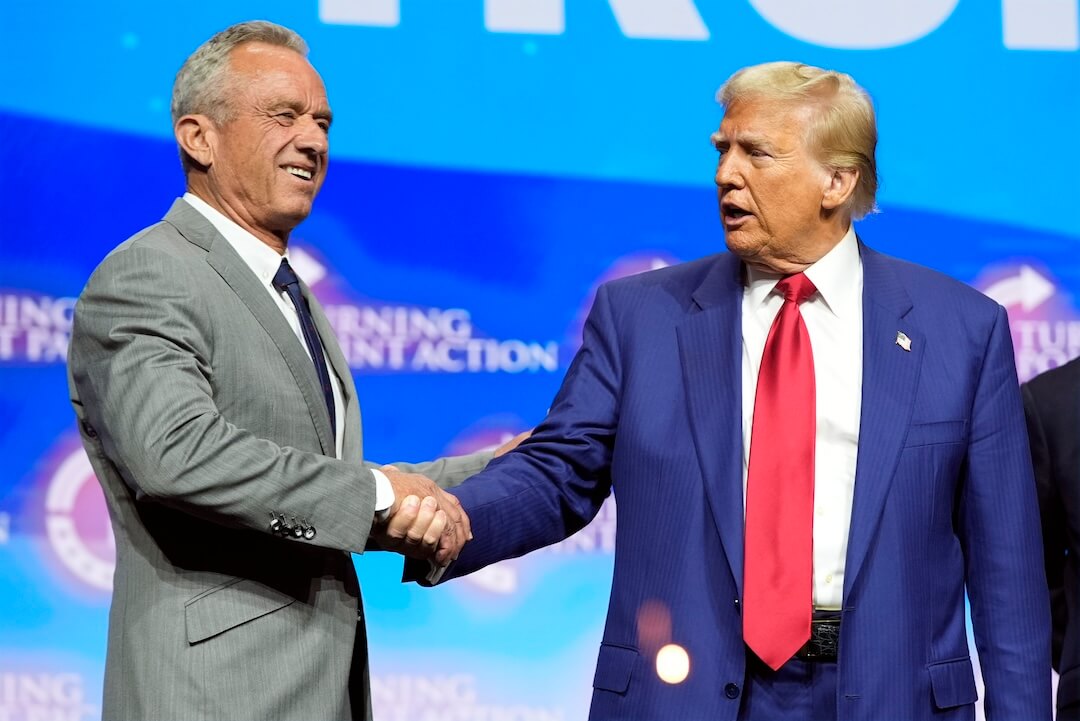The Lead is a weekly newsletter that provides resources and connections for student journalists in both college and high school. Sign up here to have it delivered to your inbox every Wednesday morning during the school year.
By Andrew Rowan, Northwestern University
Video can bring a story to life unlike any other medium. Convincing those in your newsroom with no experience to produce video stories, however, can feel daunting. At our Northwestern University campus TV station, the Northwestern News Network, the majority of our reporters join with little or no broadcast experience. But by the end of their first quarter, those same newbies are producing high-quality broadcast stories.
The way we teach them? Well, we don’t really. We set some guidelines and let them do it for themselves. Publishing a video story requires the reporter to shoot, write and edit. Here is the five-step process we use to train new students.
One: Set them up for success
First, make sure the story that’s being pitched belongs in video. When reporters pitch a story, we require them to answer the question: “What will we see?” A story about “new curriculum changes” isn’t likely to get approved unless it can be anchored to something visual, such as a protest against the changes.
We also watch award-winning student stories (accessible on the Society of Professional Journalists’ website) to point out what reporters should come back to the newsroom with a-roll (the interviews) with proper framing and b-roll (with sequences). CNBC’s Jane Wells does a good job explaining how she made a story on thefts of a car part visual in this explainer.
Two: Provide shadowing and mentorship
Compared to other mediums, video journalism has a lot more technical aspects one must keep in mind. We recommend our first-time reporters shadow an older student in the field, and we pair them in mentor/mentee relationships. Watching another student set up the equipment (even if it’s just a smartphone on a tripod), conduct an interview and ask a source about shooting b-roll makes the logistics feel less daunting than they might seem on paper.
Plus, they might pick up some pro tips. For example, I learned my first day in the field that asking a source, “What did you have for breakfast?” for an audio-level check can help break some of the tension if they’re not used to being on camera.
After they shadow, we send new reporters out in the field for their own stories.
Three: When writing, talk it out
Broadcast writing is different from print, mainly because video journalists should write like you talk. We show new reporters script examples.
We tell staffers to start with their best video or sound, and then turn to a newsroom colleague and explain what they covered. Then, write exactly what they said. Scripts should be in simple, conversational language.
A senior producer on our team gives script edits to the reporter before they’re allowed to touch a video editing timeline. It’s much easier to make edits on the page as opposed to after the video has been cut. When reporters first start out, we emphasize story structure. For example, if a story about the cafeteria lunch rush involved filming at multiple dining halls, we try to make sure that everything filmed in each dining hall is grouped together in the final product. We don’t want to cut back and forth between two locations.
It’s imperative that our producers recognize within a script what’s working well and what can use improvement, and you’ll find us with Google Doc comments summarizing our edits at the end. Even at this stage, we find it’s helpful for the reporters to know what they should focus on when they head out for their next stories.
Four: Give editing support

From left, Kaila Nichols, Jenny Huh and Andrew Rowan edit student work in the Northwestern News Network studio. (Larry Stuelpnagel / Northwestern News Network)
Most are comfortable shooting a video on their phone, but they’re intimidated by nonlinear editing programs, which allow someone to compile the final video story without modifying the raw video files. We edit on Adobe Premiere Pro (though there are other good, free alternatives) and give a brief tutorial on how to pull elements to the timeline. Our entire organization is self-taught on Premiere, and many rely on YouTube tutorials if an older student isn’t immediately available to answer an editing question.
Organize your content before editing. Within a project folder, we suggest having subfolders for (1) raw video with subfolders for each scene you shot, (2) still photos, (3) graphics, (4) audio such as voiceover track and (5) exports.
In the same way you’d know where your best quotes are for writing a print piece, you should know where all of your video elements are located. We suggest laying down all voiceover tracks and then inserting the soundbites from interviews. Then, cover up what’s left with the b-roll. Above all else, we emphasize “see it, say it.” If you mention something in your track, viewers should see it on the screen.
Next thing you know, you’ve got a finalized story!
Five: Do it all again
We can’t lie: It’s going to be hard the first time you do it. Whether your interview has too much background noise, there isn’t enough b-roll to edit with (always get more than you need!) or the visuals aren’t compelling, it might feel like it doesn’t compare to what you’ve seen on TV.
That’s expected. Your first story is never representative of the broadcast experience, and it’s natural to feel overwhelmed throughout the process. Whatever common mistakes we see individuals make on their first stories, they almost always are proactive about them once they head back into the field.
In our newsroom, senior staffers serve as “personal trainers” demonstrating proper form, but staffers actually get stronger by going out and doing the reps themselves.
Andrew Rowan is news director of the Northwestern News Network and a junior at the Medill School of Journalism at Northwestern University. He’s passionate about the future of broadcast journalism and its intersection with social media. Andrew previously interned with NBC News NOW, MSNBC Social Media and WHYY News in Philadelphia.
College Media Madness
40 student newsrooms raised more than $124,000 in the second annual College Media Madness fundraising competition. The Daily Pennsylvanian at the University of Pennsylvania came out on top with more than $32,000 raised. Follow @mediamadness22 for future updates and to get involved in next year’s competition.
One story worth reading
How do you track the impact of your journalism? Do you look for a response from campus officials, or social media engagement, or the start of student conversations? This is something I’ve been thinking about recently in my role on The Seattle Times’ investigative team. I’ve been turning to the Solutions Journalism Network’s great guide, “Strategies for Tracking Impact,” which includes ideas and lessons that can apply to any newsroom.
Opportunities and trainings
- College students attending Historically Black Colleges and Universities, apply to ONA’s HBCU Digital Media Fellowship by April 21.
- College students, apply for NAJA’s Native American Journalism Fellowship by April 30.
- High school teachers and advisers, apply for a partnership with the Ida B. Wells Society for Investigative Reporting by May 6.
- College students and recent graduates, apply for the NABJ-Apple News Fellowship by May 13.
- High school students, enter The New York Times’ student podcast contest by May 18.
💌 Last week’s newsletter: Visuals aren’t an afterthought — they’re part of the story
📣 I want to hear from you. What would you like to see in the newsletter? Have a cool project to share? Email thelead@poynter.org.







An online producer, who had won two Emmys when he worked in TV news, told me that if I think I have enough b-roll to go out and shoot some more.